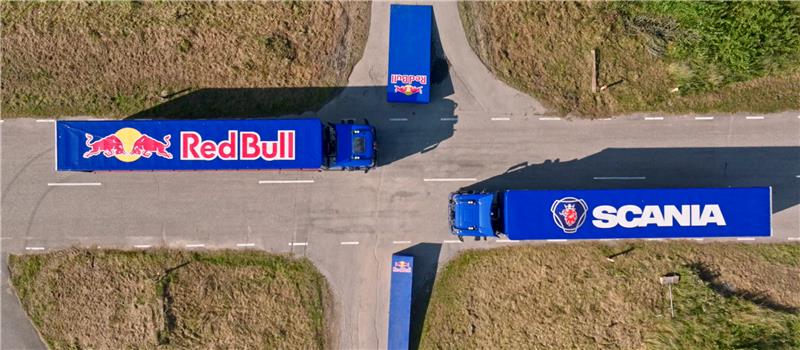
Products and services
Whether you're looking for a new large fleet of Scania vehicles or an individual truck, we can customise our vehicles and services to meet the unique needs of your application and operation. We provide Scania transport solutions for use in a wide range of applications, allowing operators to increase their efficiency and performance while reducing environmental impact.
Six decades of diamond service to the UK
On 14 December 1964, Scania UK was officially formed. And six decades on, our mission remains the same. Driving the Shift for a better tomorrow for our industry, the UK and, most importantly, for the people who count on us – our customers.
Latest news and updates
